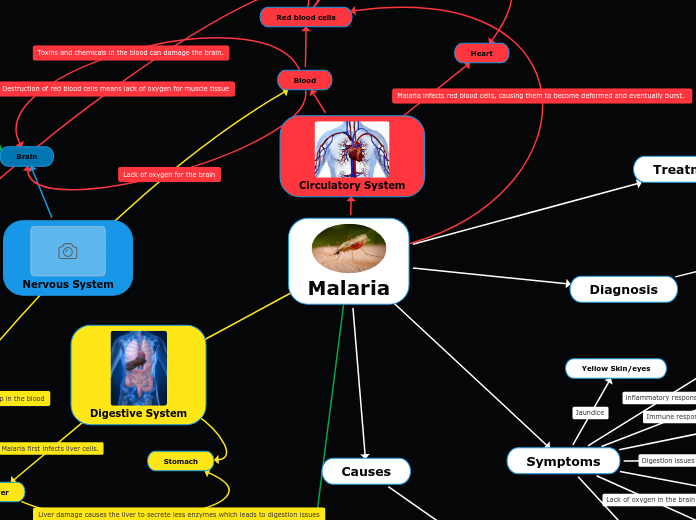によって melissa torres 13年前.
526
Angelman Syndrome
Angelman Syndrome is a genetic disorder characterized by developmental disabilities such as challenges with speaking, balancing, and walking. Children with this condition often exhibit frequent smiles and laughter, which are noticeable features.









